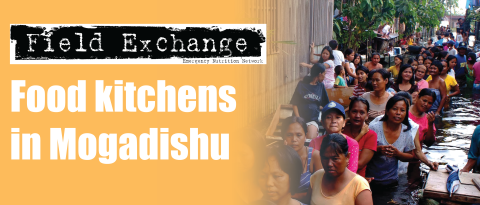Nutritional monitoring of pre-school children in DRC

Intrepreting weight measurements
Summary of published research1
A recent published study set out to assess community volunteers' effectiveness in monitoring the growth of pre-school-age children in a context of endemic malnutrition and armed conflict. The study was conducted in the Democratic Republic of the Congo (DRC) where previous surveys have found that less than 30% of children between 0-59 months of age are weighed at least once every 3 months by adequate medical services. Attendance rates at pre-school medical visits are higher for children under 1 year of age, diminishing after measles vaccination. Most health care approaches in communities have been carried out by health professionals rather than by the community itself.
The study was carried out in Katana Health District in south Kivu Province. The district has been unstable for more than 10 years with periods of armed conflict.
Community volunteers were selected by village committees and trained to monitor children's growth in their respective villages. Volunteers agreed to work for free. However, to guarantee their motivation, the Health District Office agreed to employ them whenever there was a paid activity. Community volunteers monitored 5,479 children under 5 years of age in Lwiro Health Sector of the DRC from January 2004 to December 2005 under the supervision of the district health office. Community weighing sessions were conducted monthly and children's weight was interpreted according to weight-for-age curves drawn on the growth sheet proposed by WHO and adopted by the DRC.

Community volunteers undertaking weight measurement
During the two year programme, the volunteers weighed children under 5 years of age monthly. The median percentage of children weighed per village varied between 80-90% for children 12-59 months and 80-100% for children less than 12 months, even during the conflict period. The median percentage of children between 12 and 59 months of age per village ranked as highly susceptible to malnutrition by the volunteers decreased from 4.2% (range 0%-35.3%) in 2004 to 2.8% (range, 0.0% to 18.9%) in 2005.
The authors of the study concluded that decentralisation of weighing of children to the community level could be an alternative for improving growth monitoring or preschool-age-children in situations of armed conflict or political instability. This option also offers an opportunity to involve the community in malnutrition care and can be an entry point for other public health activities.
1Bisimwa. G (2009). Nutritional monitoring of preschool-age children by community volunteers during armed conflict in the Democratic Republic of the Congo. Food and Nutrition Bulletin, vol 30, no 2, pp 120-127
Imported from FEX website


